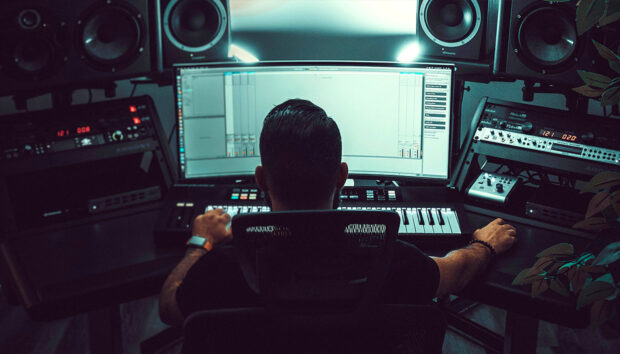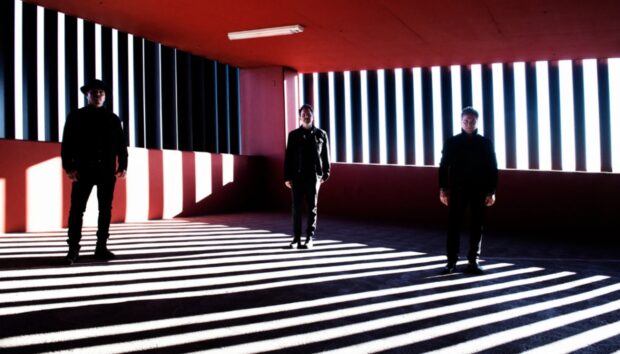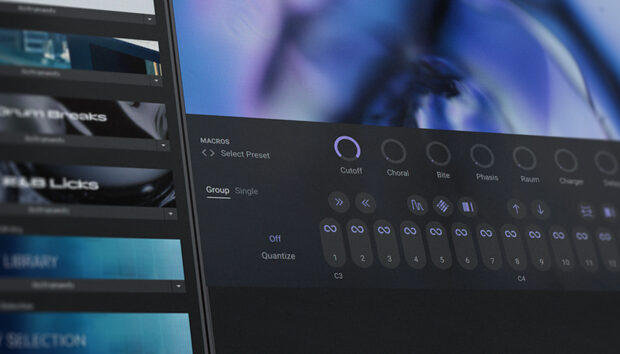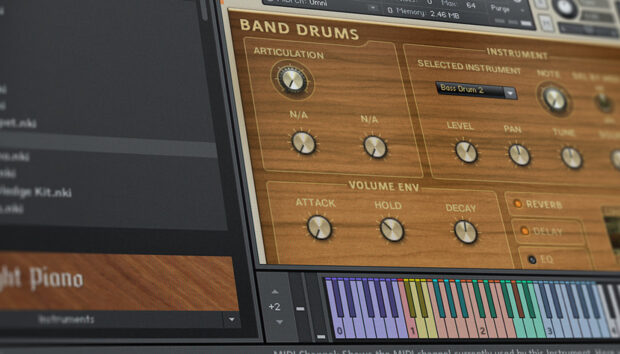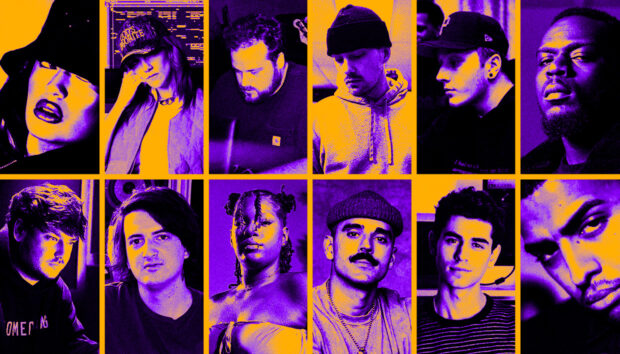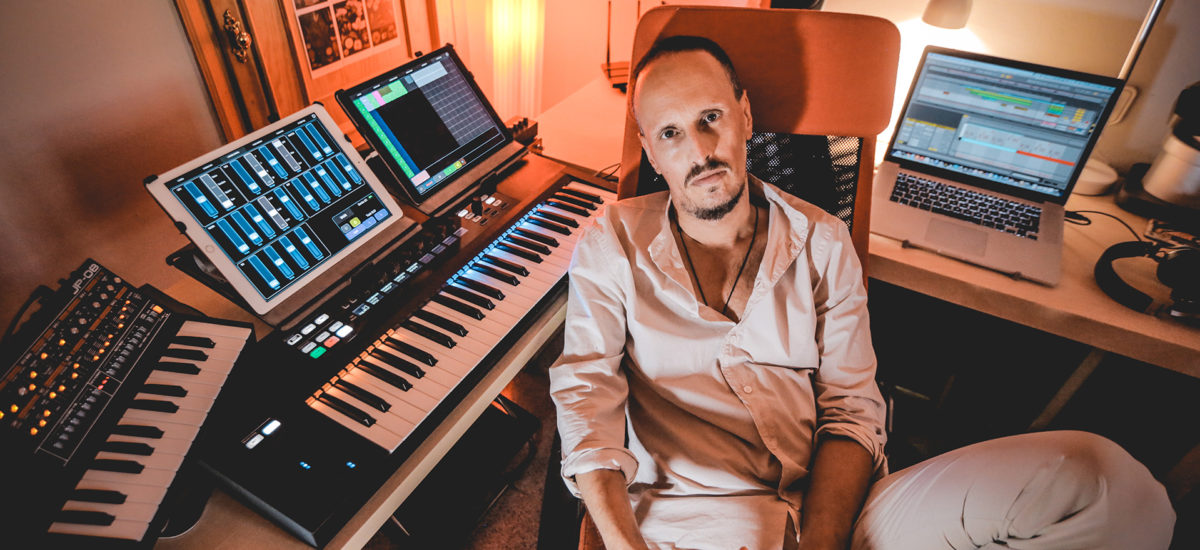
UK producer Mark Barrott has been capturing the sound of Ibiza since moving to the island in 2012. His blend of soft, ambient house falls under the Balearic umbrella, the style of music linked to the region. His recent EP ‘The Pathways Of Our Lives’ is a mixture of live instrumentation and selected sounds from KOMPLETE 11, bringing African and Indian textures to Barrott’s rich island vibes. Talking to Native Instruments about how he made his new record, Barrott breaks down his working process, and explains how KOMPLETE has had an integral and yet randomising effect on the new record.
On content
If I’m not a sound designer, and I’m not a songwriter, what is it that I do? I’ve figured out that I’m what I call a melody and atmosphere writer. I’m using a sound palette to create the atmosphere, and then I write melodies — or hooks. I want to hear music, and that means I need content. That’s where Komplete comes in, because it is the king of content.
What I like about it is the ease of use. Komplete brings it all together and focuses it through the apex of the S49 keyboard. I don’t have to look at a laptop screen, I can load content and manipulate it. The presets and the breadth of stuff available is truly amazing, all going through the NKS.
For me, content fuels what I do. I close my eyes, run up and down with the cursor, and then I hit a preset. It can be from Kontakt or Reaktor, or one of the Discovery Series. You don’t know where the starting point is going to be. If you’re writing songs, music, melody, or atmosphere, sometimes you do get fully formed songs in your head. But more often than not, it comes from interaction with the technology.

On ‘Pathways’
With Pathways I had this African percussive thing going on. It was a sound from Prism, which resonated while playing. Then I added some percussion I recorded in Africa a few years ago, before I introduced a session drummer. With the internet nowadays, it’s easy to hire a session musician from any part of the world. I put in some congos, djembe, and then I fleshed out a bass part with one of the Scarbee basses. Actually, I got the bass replayed, but I ended up using the Scarbee because I preferred my own playing, and the feel and tone of it.
I then added some Kalimba. I also added some fula flute and balafon. I love Discovery Series West Africa – I really hope they do East Africa, North, and South too. I then decided I wanted to add some strings, so I scored out the lead strings, which are a combination of Symphony Essentials, and Sessions String Pro. The disco strings on the second verse are Session Strings Pro, Vintage Strings, two real string players, and a Selena String Synth from Retro Machines. And finally, there was the piano from Alicia’s Keys, and that’s the track.
On ‘Music for Santoor, Bansuri, Tanpura y Sarod’
For the B-Side, I used Discovery Series: India. I love that pack. I can sit here and play the santoor all day. The track is just a combination of instruments from there, a few real musicians who happened to be visiting [the Vishnu Quartet], and me running Ableton without any time signature and jamming for twenty minutes on each instrument. At one point I had a mini-keyboard attached to the flute, and the santoor stuff was on the Komplete keyboard such that I could play everything live.
I view it a bit like sculpture. When you’re doing that, unless you’re really talented, you tend to put too much clay on the model – you overplay it and you do too much. Often, people are filling too much space. So what I find is that when you’re editing a piece like that, you tend to strip away rather than adding. When you’re taking away, you can maintain the essence of what you’ve been doing much more easily.
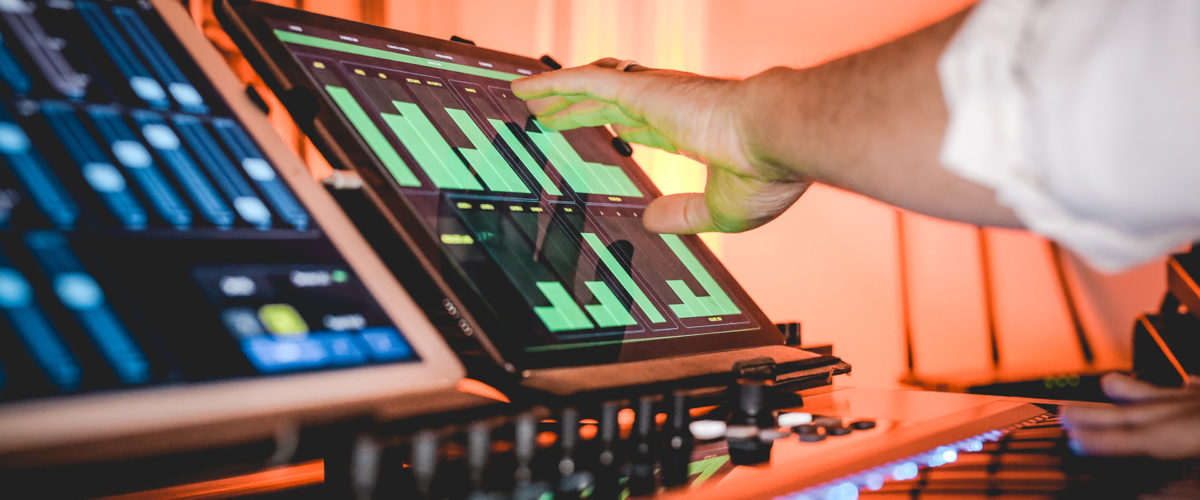
On process
The best thing about owning a record label is that you don’t really have to have a sound. I’m in Ibiza, so I’m making Balearic music. The music here is so eclectic, and I like to throw it all into the melting pot. Music for Presence was made in the winter, and this last EP was made in the spring. I’m very much influenced by what I’m listening to, what’s going on in my life, what the climate is around me in the house and outside the house, and the technology at my disposal. Technology is at a point where it should just allow your imagination to run riot, and not put blocks on you.
I tried to make some house music – but I don’t think I make good house. I did my ‘select the random pre-set game’, and I ended up with the George Duke kit. I chopped it up and I made a pretty average house track. What I noticed during the making of it was that I was totally focused. If you can do anything in your life that puts you in that state, it’s really important. Making music for me is that state of bliss, that calmness and tranquility. If you’re lucky enough to do that – if you’re lucky enough to release music that impacts just one person’s life, then that is really something,
When making music, you’re often sat there and it’s a blank page—scary and exhilarating at the same time—and you think “what am I going to do?” Well, not for me, it’s very simple. I just play “find the preset”. Have you ever read The Dice Man by Luke Rhinehart? That’s what it’s like. If you load up a metallic sound, it’s going to take you to a very different direction, and because I’ve been doing music for so long, once I get that starting point, I know where to take it.








